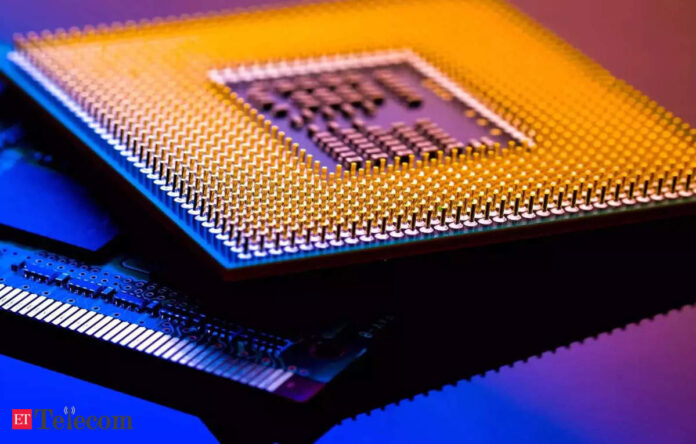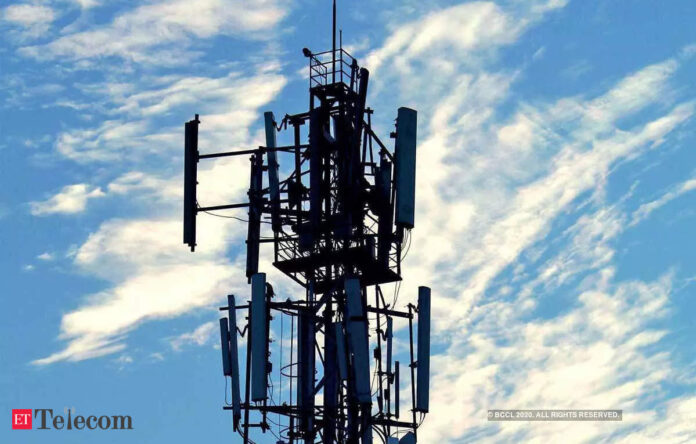In Short:
The US Department of State is teaming up with India’s Semiconductor Mission to strengthen and expand the global semiconductor industry through the International Technology Security and Innovation (ITSI) Fund, created by the 2022 CHIPS Act. This partnership seeks to assess India’s semiconductor landscape and identify needs for workforce and infrastructure. US Deputy Assistant Secretary J. Robert Garverick emphasized the importance of this collaboration for a secure supply chain amid global digital changes. Akash Tripathi, CEO of the India Semiconductor Mission, highlighted plans for a study to address gaps in India’s semiconductor sector, aiming to enhance cooperation and access funding from the ITSI Fund.
US and India Join Forces for Semiconductor Innovation
Exciting news on the tech front! The **US Department of State** is teaming up with the **India Semiconductor Mission**, under the **Union Electronics and IT Ministry**, to delve into ways to grow and diversify the global semiconductor ecosystem. This initiative is part of the **International Technology Security and Innovation (ITSI)** Fund, which was established by the **CHIPS Act of 2022**.
Building a Stronger Semiconductor Value Chain
This collaboration aims to forge a more resilient, secure, and sustainable global semiconductor value chain—a crucial step in today’s digital economy.
Insights from the Experts
During a recent event, **J. Robert Garverick**, who serves as the US Deputy Assistant Secretary of State for Trade Policy and Negotiations in the **Bureau of Economic and Business Affairs (EB)**, highlighted the significance of this partnership. He stated, “The Department of State is partnering with the Government of India to explore opportunities to grow and diversify the global semiconductor ecosystem under the ITSI Fund. Two years ago, President **Biden** signed the CHIPS Act, which aims to bolster a secure global semiconductor supply chain and telecommunications networks.”
Assessing the Ecosystem
In its initial phase, the collaboration will involve a thorough evaluation of **India’s** current semiconductor ecosystem and regulatory framework, along with its workforce and infrastructure needs. “The insights gained from this review will serve as the foundation for potential joint initiatives to strengthen this critical sector,” Garverick continued. He emphasized that **India** and the **US** are vital partners in keeping the semiconductor supply chain in sync with the ongoing global digital transformation.
Engagement from Key Stakeholders
Key Indian stakeholders—ranging from state governments and educational institutions to research centers and private companies—are expected to take part in this analysis, led by the **India Semiconductor Mission**.
Looking Ahead
**Akash Tripathi**, the CEO of the **India Semiconductor Mission (ISM)**, expressed enthusiasm for the partnership: “To extend our collaboration with the US, we are announcing that we will engage in a comprehensive study with them to access the ITSI Fund. The US needs to examine the entire ecosystem to pinpoint the gaps and challenges in India’s semiconductor industry. We’re excited to facilitate this study, aiming for completion in the coming months to further enhance our semiconductor ecosystem.”
A Historical Moment
Just to remember the context, in August 2022, President **Joe Biden** signed the **CHIPS Act**, which allocated new funding to ramp up domestic manufacturing and R&D of semiconductors in the US.
The CHIPS Act also paved the way for the ITSI Fund, granting the **US Department of State** a generous budget of **$500 million**—that’s **$100 million per year over five years**, starting in Fiscal Year 2023. This fund focuses on promoting secure and trusted telecommunications technologies, secure semiconductor supply chains, and collaborative initiatives with US allies and partners.




